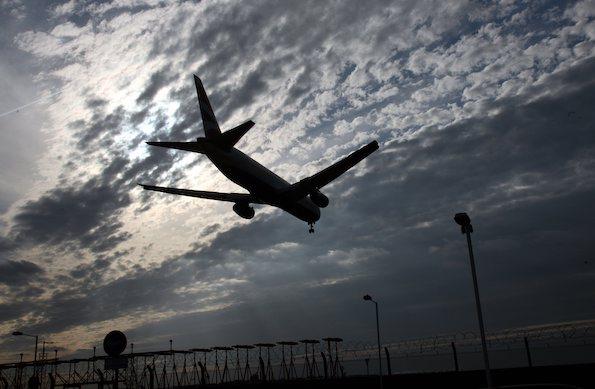
The NTSB is reiterating its stance that new U.S. safety management system (SMS) requirements should cover repair stations in addition to manufacturers and commercial charter operators.
In comments filed on the U.S. FAA’s January proposal to expand SMS beyond Part 121 airlines, NTSB points to its probe on an October 2019 fatal accident involving a PenAir Saab 2000 as evidence that certified maintenance providers should have SMSs. Its investigation found four instances where commercial aircraft anti-skid systems were cross-wired during maintenance, leading to in-service occurrences. Related recommendations focused on the cross-wiring issue as well as the broader benefit that SMS would have for Part 145s.
“We believe that SMS requirements should be applied to Part 145 repair stations to address” issues highlighted in the PenAir report, NTSB wrote in its comments.
The FAA has been rolling out SMS mandates for a decade. The rules generally follow recommendations made by an industry advisory committee formed in 2009. The group recommended SMSs for certain commercial airlines, charter operators, and repair stations. It also urged FAA to prioritize the segments where SMS would have the most benefit. That led to 2015’s rule for Part 121 operators and the recent proposal covering Part 21 and certain Part 135 certificate holders. The FAA considered adding mandates to cover at least some of the 5,000 certified Part 145s as well but opted to ask industry for input first.
The FAA’s SMS rollout has come with voluntary programs that many companies adopted in advance of mandates. According to the agency, 72 repair stations have SMS systems, with 19 recognized by the FAA as being “fully functioning,” Acting FAA Administrator Billy Nolen said at the recent Aeronautical Repair Station Association (ARSA) annual conference.
“We are currently considering whether or not SMS will be required for this segment of the industry going forward,” Nolen said. “We’ve asked the public to weigh in on this question ... and we are looking forward to receiving that feedback before taking next steps.”
ICAO integrated SMSs into its recommended practices in 2013, including maintenance organizations. EASA expanded its requirements to repair stations with a mandate effective in late 2022.
Despite the absence of a U.S. mandate, many FAA-certified repair stations are affected by SMSs, including those that work for Part 121 operators that have them. Repair station industry representatives, including ARSA, have expressed concern that a broad mandate would lead to challenges in finding systems appropriate for the variety of Part 145s. Many shops are smaller operations and finding a system that works for them as well as larger operations could prove taxing for both the FAA and the shops. Scalability of the SMS mandate is one of the major concerns that affected Part 135 operators—notably those with few or even one aircraft and a single pilot—have expressed in comments filed.
The agency acknowledged the issue in its request for input.
“Repair stations perform a wide range of repair and maintenance work on an equally wide range of aircraft and components,” the agency said in the draft rule. “Some repair stations do not perform work on aircraft used for passenger-carrying operations. Should the FAA consider applying [SMS requirements] to all certificated part 145 repair stations? Should applicability be limited to a subset of part 145 repair stations?”
The FAA is accepting input on the SMS draft rule through April 11.
